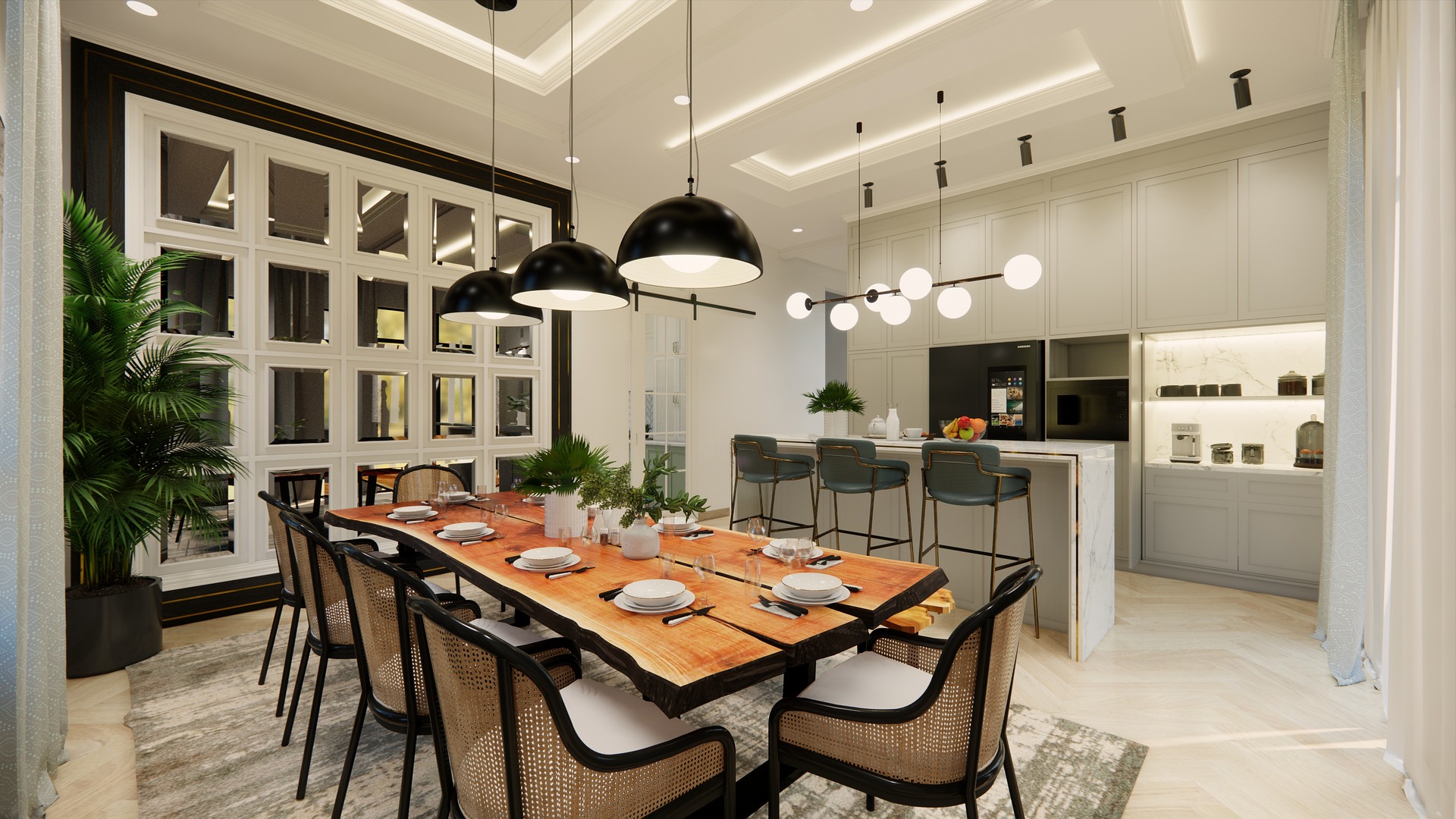The Dawn of Micro-Design: Maximizing Space in Small Homes
In a world where living spaces are shrinking and minimalism is growing, small doesn't have to mean restrictive. Welcome to the world of micro-design, a trend that is redefining interiors in small homes, turning constraints into opportunities for creativity and comfort.

The Emergence of Micro-Design
Micro-design has its roots in densely populated urban areas where living spaces are often small. The design approach emerged as a response to the need for functional and aesthetically pleasing homes despite limited space. Over the years, micro-design has evolved from being a necessity to a popular trend, with people embracing the idea of living with less and maximizing what they have.
Current Trends and Techniques
Today, micro-design is all about smart solutions to maximize space without compromising style. Innovative storage solutions like multi-functional furniture, wall-mounted shelves, and hidden compartments are in vogue. Mirrors are used to create the illusion of space, while lighter color palettes make rooms feel more open and airy. Beyond the physical, there is a shift in mindset as well—people are learning to live with fewer possessions, focusing on quality over quantity.
Micro-Design: A Practical and Stylish Solution
Micro-design is not just a trend—it’s a practical solution for modern living. As urban areas become more crowded and living spaces smaller, micro-design offers a way to live comfortably and stylishly. It’s an approach that’s gaining traction in the market, with furniture and home decor retailers offering products specifically designed for small spaces.
Moreover, micro-design enhances daily living by fostering a clutter-free and organized environment. Small spaces, when designed well, can offer a sense of coziness and comfort that larger spaces often lack.
The Science Behind Micro-Design
Micro-design is not merely about aesthetics—it’s a science. Studies show that a well-organized and clutter-free space enhances cognitive function and reduces stress, contributing to overall well-being. Every element of micro-design, from color selection to furniture placement, is backed by research to enhance functionality and promote positive psychological responses.
Making Micro-Design Accessible
While micro-design might seem intimidating, it’s all about making the most out of what you have. It doesn’t necessarily require drastic changes or massive investments. Sometimes, it could be as simple as decluttering or rearranging your furniture. The key is to start small and gradually embrace the principles of micro-design, creating a home that truly reflects your style and meets your needs.
Micro-design is more than just a trend—it’s a lifestyle. It encourages us to rethink our spaces, our possessions, and our way of living. As we move towards a future where space is a luxury, micro-design offers a path to living big in small spaces.





